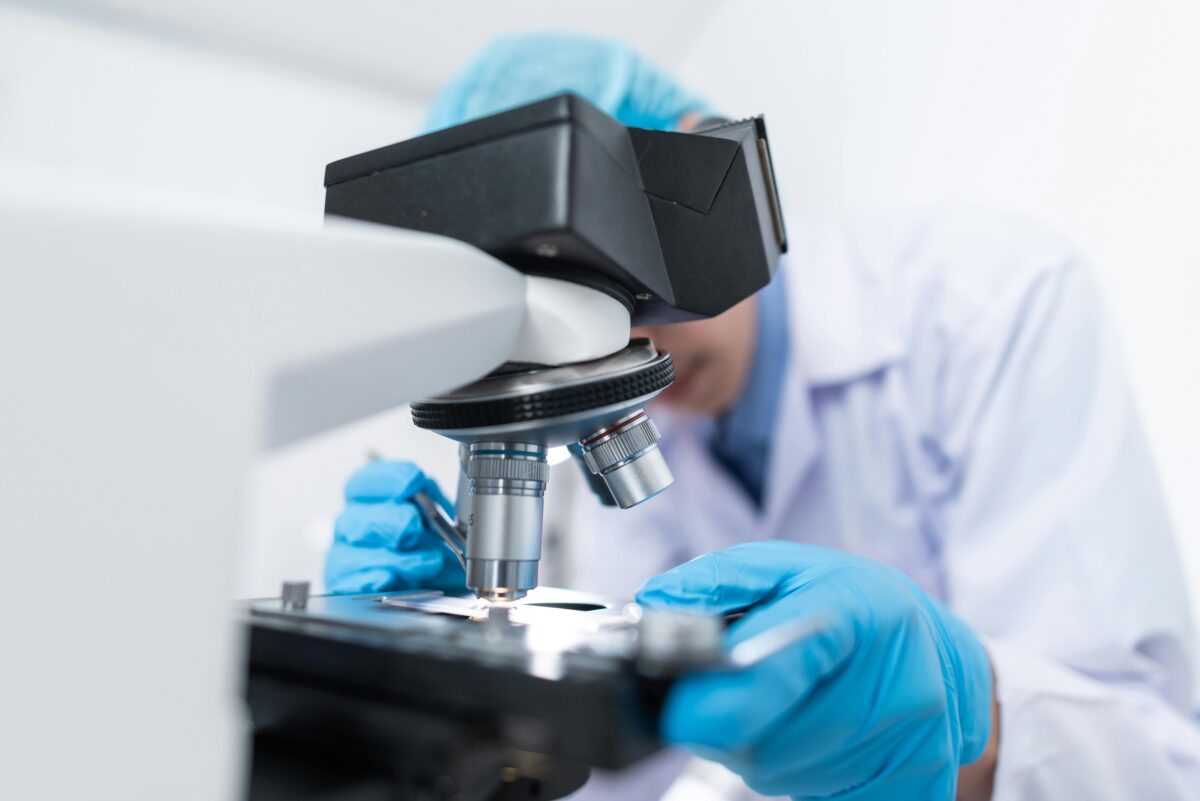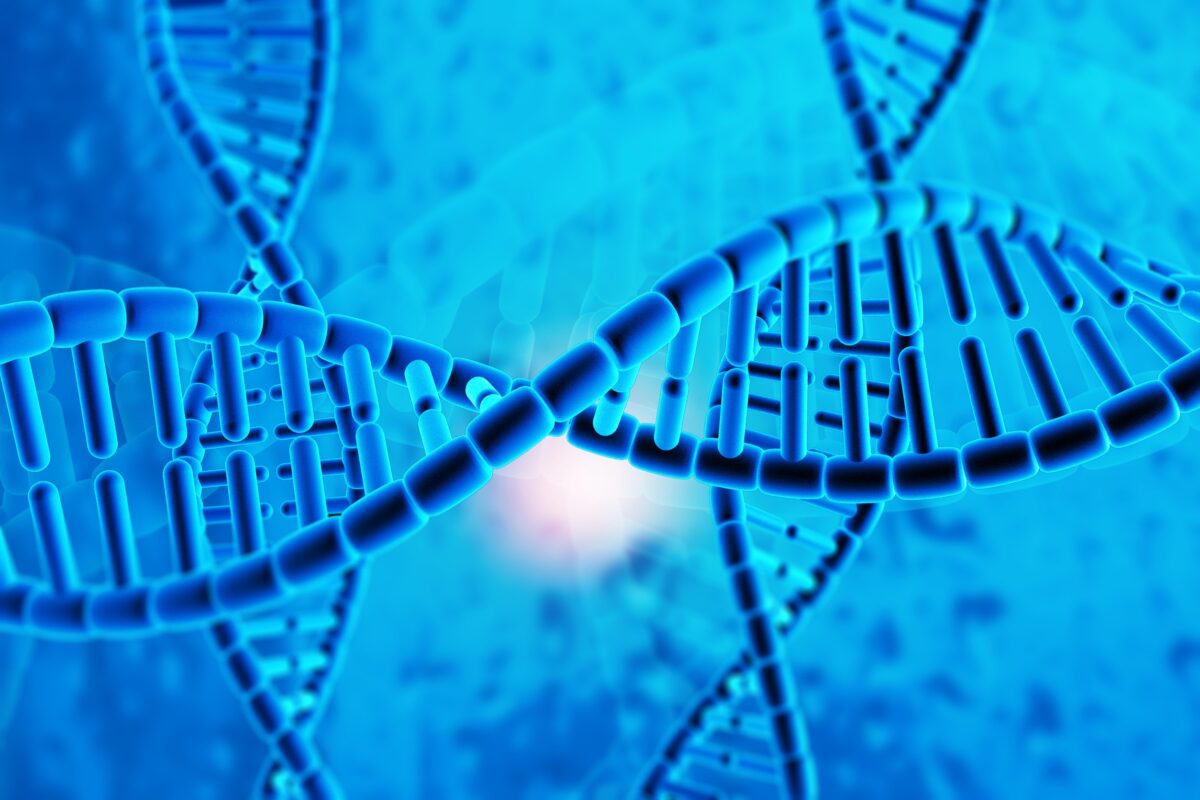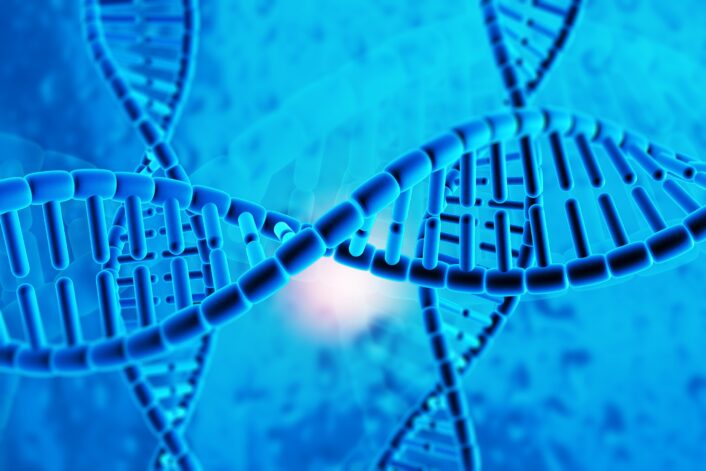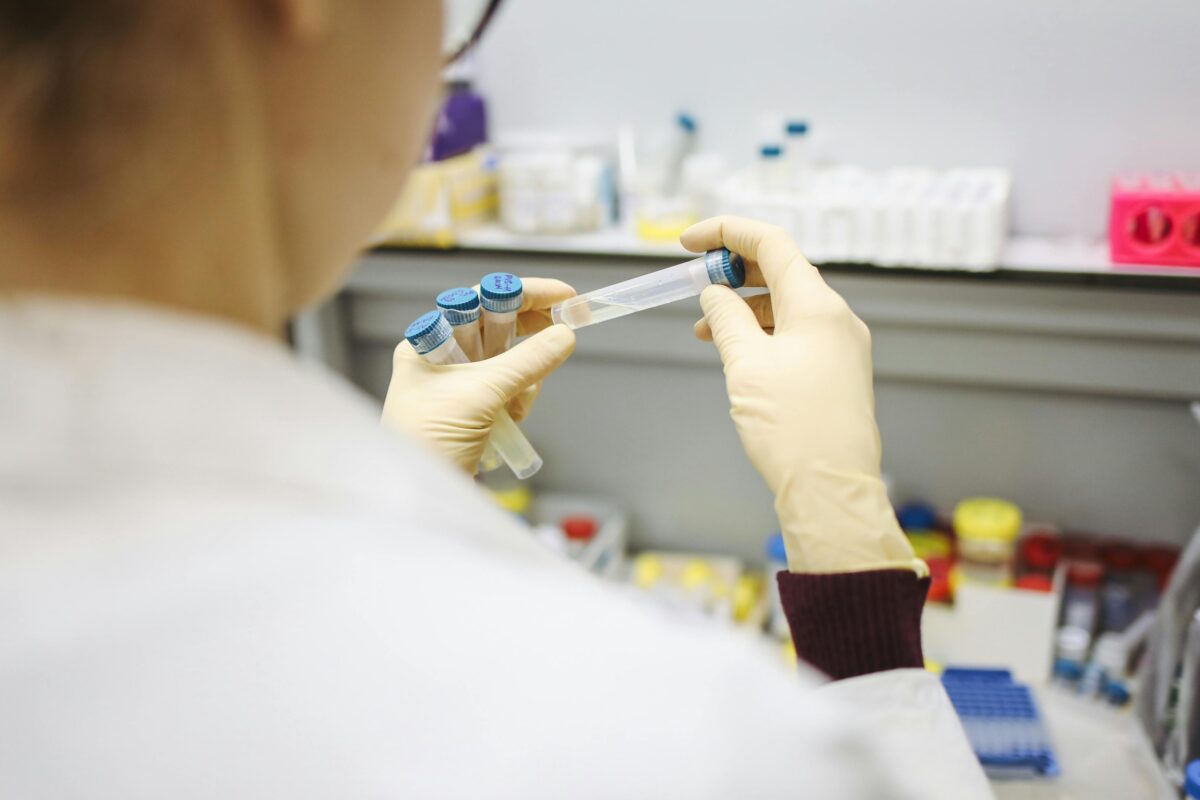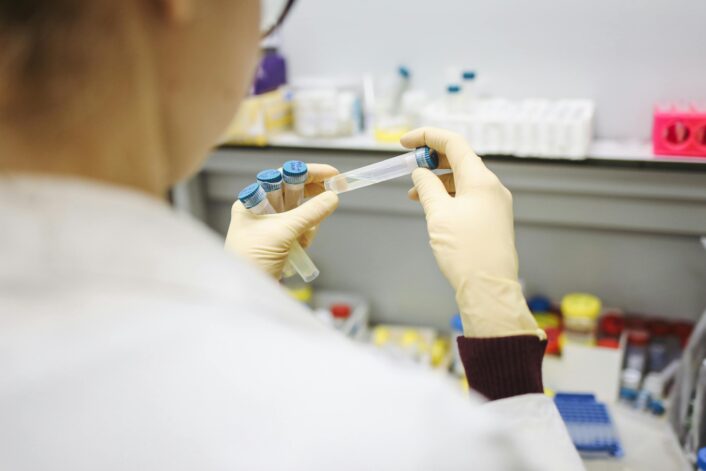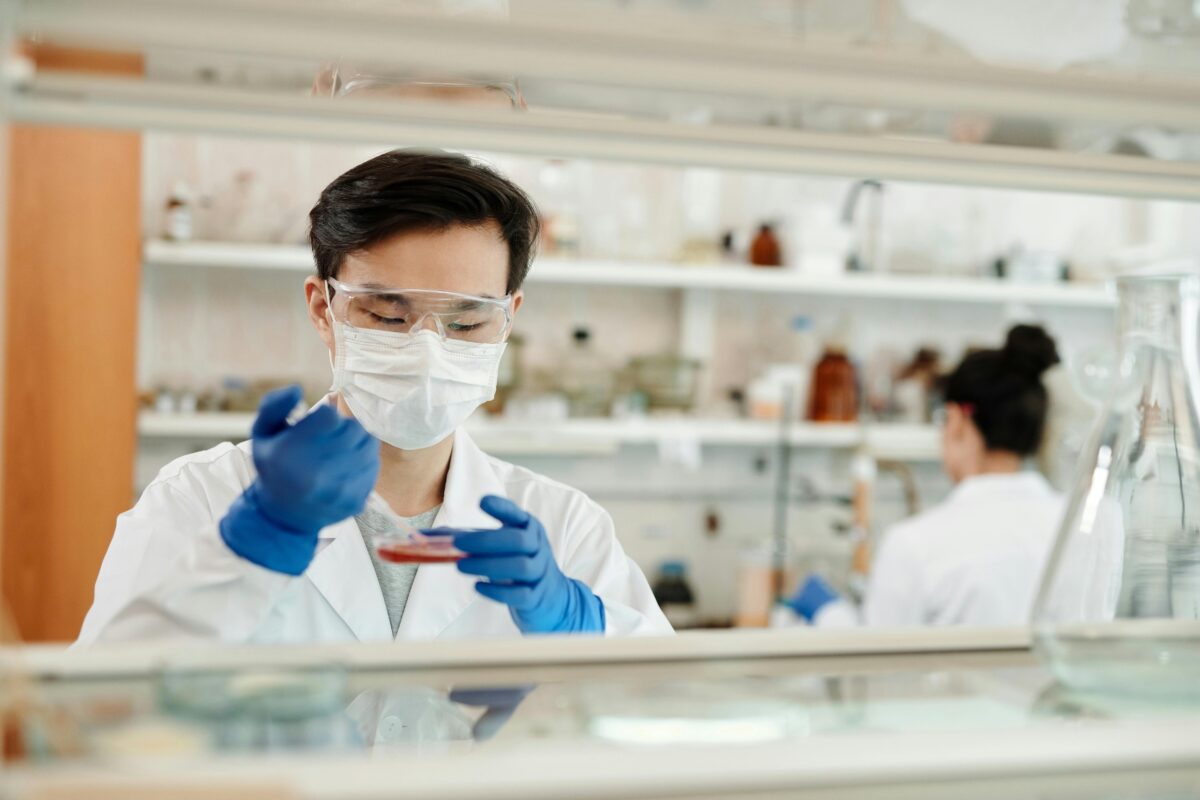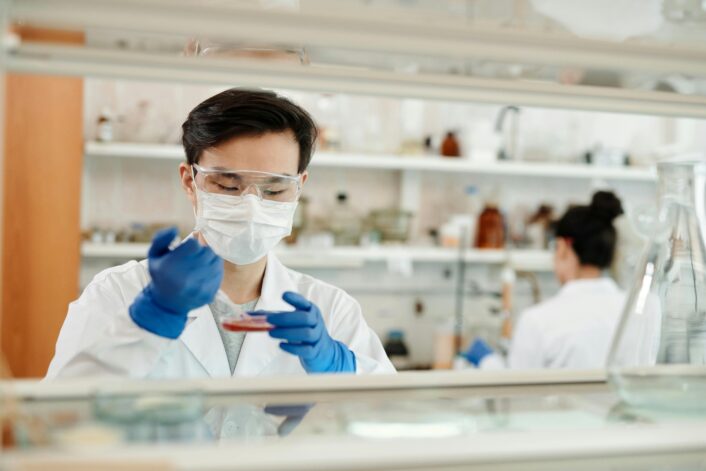The LifeDNA Methylation Genes Report: A Walkthrough
Aira
on
August 16, 2024
The Methylation Cycle in Brief
The methylation cycle is a complex series of biochemical reactions involving various enzymes. To simplify, we will outline the core concept of this cycle to provide a clear context for the roles of specific genes discussed later in this article. This foundational understanding will enhance our exploration of how these genes influence the cycle and various aspects of health and disease.
- Central to the methylation cycle is the conversion of homocysteine to methionine by the enzyme methionine synthase.
- This reaction requires methylcobalamin (a form of vitamin B12) and 5-methyltetrahydrofolate (produced from folate by the enzyme MTHFR).
- Methionine can then be converted to S-adenosylmethionine (SAMe), the primary methyl donor in the body.
- After donating a methyl group, SAMe becomes S-adenosylhomocysteine (SAH), which is converted back into homocysteine, completing the cycle.
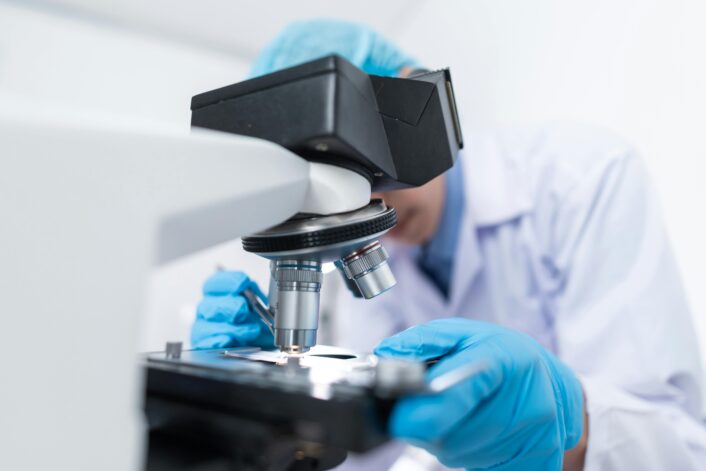
Importance of Healthy Homocysteine Levels
Homocysteine levels are significant because elevated levels of homocysteine, a sulfur-containing amino acid, are associated with an increased risk of cardiovascular diseases, including coronary artery disease, stroke, and peripheral arterial disease. High blood homocysteine levels can damage the lining of arteries, promote blood clot formation, and increase oxidative stress, all of which contribute to the development and progression of atherosclerosis.
Additionally, elevated homocysteine is associated with other health issues such as cognitive decline, dementia, and certain birth flaws. Monitoring and managing homocysteine levels through diet, lifestyle changes, and, in some cases, medication, can be crucial for maintaining cardiovascular health and preventing related complications.
The LifeDNA Methylation Genes Report
The LifeDNA Methylation report focuses on the methylation cycle of genes to offer insights into various health and wellness aspects.
It is crucial to understand that this report does not diagnose any medical condition, substitute for professional healthcare advice, or provide medical treatment. These genetic variants are prevalent, found in 30-50% of the population, indicating their common occurrence in human DNA.
Genes Covered in the Methylation Report
- CBS (Cystathionine Beta-Synthase): CBS converts homocysteine into cystathionine, a crucial step in the body’s process of detoxifying itself and producing glutathione, a vital antioxidant.
- MTHFR (Methylenetetrahydrofolate Reductase): MTHFR plays a critical role in the methylation cycle by transforming a form of folate into another that is crucial for converting homocysteine into methionine, a necessary component for DNA methylation. Read our full analysis of the MTHFR gene.
- COMT (Catechol-O-Methyltransferase): COMT helps break down neurotransmitters such as dopamine, epinephrine, and norepinephrine, regulating brain chemicals that affect mood and stress responses. Read our full analysis of the COMT gene.
- MTR (Methionine Synthase): MTR helps complete the production of methionine from homocysteine, using a form of vitamin B12, essential for recycling homocysteine and regenerating methionine.
- MTRR (Methionine Synthase Reductase): MTRR helps regenerate a form of vitamin B12 that MTR needs to keep producing methionine and manage homocysteine effectively.
- MTFD1 (Methylenetetrahydrofolate Dehydrogenase 1): MTFD1 manages folate within the body and is crucial for producing certain DNA building blocks.
- SHMT (Serine Hydroxymethyltransferase): SHMT converts serine and tetrahydrofolate into glycine and another form of folate, linking amino acid and folate metabolism.
- VDR (Vitamin D Receptor): VDR binds with vitamin D and controls the genes’ activity in immune response and cell growth.
- ACAT (acetyl-CoA acetyltransferase): ACAT is crucial for cellular energy production. It converts acetyl-CoA into malonyl-CoA, a key molecule in fat metabolism.
- AHCY (Adenosylhomocysteinase): AHCY breaks down a compound into homocysteine and adenosine, crucial for maintaining the body’s methyl group balance.
- BHMT (Betaine-Homocysteine S-Methyltransferase): BHMT helps convert homocysteine to methionine using betaine, essential for liver function and fat metabolism.
- MAO-A (Monoamine Oxidase A): MAO-A breaks down vital neurotransmitters like serotonin and norepinephrine, helping regulate their levels in the nervous system.
NOS3 (Nitric Oxide Synthase 3): NOS3 produces nitric oxide, which helps control blood vessel dilation, blood pressure, and heart health.
How to Interpret Your Report?
To understand the report, make a note when a variant in these genes is found,as this can indicate potential health risks or areas for improvement. Recommendations include dietary changes, lifestyle adjustments, or supplements. Always consult your healthcare professional or a genetic counselor when reviewing such reports. They can provide expert guidance on the implications of your methylation genes status and recommend personalized interventions based on your genetic makeup.
Non-Genetic Factors that Increase Your Homocysteine Levels
Watch out for these factors that contribute to higher homocysteine levels:
Dietary Changes
- Increased Animal Protein Intake: Consuming more animal-based proteins (red meat, poultry, fish) can elevate homocysteine levels as these foods contain methionine, an amino acid that converts to homocysteine.
- Reduced Intake of B Vitamins: Lowering the intake of folic acid (B9), vitamin B6, and vitamin B12 can reduce the conversion of homocysteine into other substances, leading to higher levels.
- High Methionine Foods: Eating foods high in methionine, such as eggs, cheese, and sesame seeds, can increase homocysteine production.
Lifestyle Factors
- Smoking: Tobacco use has been shown to elevate homocysteine levels due to its negative impact on vitamin absorption and metabolism.
- Excessive Alcohol Consumption: Drinking large amounts of alcohol can interfere with the metabolism of B vitamins, leading to higher homocysteine levels.
- Lack of Exercise: A sedentary lifestyle can contribute to elevated homocysteine levels. Regular physical activity helps metabolize homocysteine efficiently.
Health and Medical Conditions
- Kidney Disease: Impaired kidney function can lead to decreased clearance of homocysteine from the blood.
- Hypothyroidism: An underactive thyroid can interfere with homocysteine metabolism, resulting in elevated levels.
- Psoriasis: This condition can increase homocysteine levels due to increased turnover of skin cells, which raises the demand for B vitamins involved in homocysteine metabolism.
Additional Factors
- Age and Gender: Homocysteine levels tend to increase with age and are generally higher in men compared to women.
- Genetic Factors: Certain genetic variations, such as mutations in the MTHFR gene, can affect the metabolism of homocysteine, leading to higher levels.
Optimize Your Homocysteine Levels Naturally
To optimize homocysteine levels through diet, focus on the following strategies:
- Increase Folate (Vitamin B9) Intake: Leafy greens (spinach, kale), legumes (beans, lentils), fruits (oranges, bananas), fortified cereals. Folate helps convert homocysteine into methionine, reducing its levels.
- Boost Vitamin B12 (Cobalamin) Intake: Meat (beef, chicken), fish (salmon, tuna), dairy products (milk, cheese), fortified plant-based milk or cereals. Vitamin B12 is crucial for converting homocysteine into methionine, helping to lower homocysteine levels.
- Consume More Vitamin B6 (Pyridoxine): Poultry (chicken, turkey), fish (salmon, tuna), potatoes, bananas, and fortified cereals. Vitamin B6 helps convert homocysteine to cysteine, another amino acid, lowering homocysteine levels.
- Increase Riboflavin (Vitamin B2) Intake: Dairy products (milk, yogurt), eggs, lean meats, green leafy vegetables, and fortified cereals. Riboflavin supports the activity of enzymes involved in homocysteine metabolism.
- Ensure Adequate Choline Intake: Eggs, beef liver, chicken, shrimp, and soybeans. Choline helps produce betaine, which aids in converting homocysteine to methionine.
- Limit Alcohol Consumption: Alcohol can impair the function of enzymes involved in homocysteine metabolism and exacerbate high homocysteine levels.
- Include Antioxidant-Rich Foods: Fruits (berries, oranges), vegetables (broccoli, bell peppers), nuts, and seeds. Antioxidants can help protect against oxidative stress, which may be high with elevated homocysteine.
- Consider Omega-3 Fatty Acids: Fatty fish (salmon, mackerel), flaxseeds, chia seeds, and walnuts. Omega-3 fatty acids have been associated with lower homocysteine levels and improved heart health.
Incorporating these nutrient-rich foods into your diet can help maintain healthy homocysteine levels and support overall cardiovascular health. Always consult with a healthcare professional before making significant changes to your diet or starting new supplements.
References
- https://www.cancer.gov/publications/dictionaries/cancer-terms/def/methylation
- https://www.ncbi.nlm.nih.gov/pmc/articles/PMC7730869/
- https://www.nature.com/scitable/topicpage/x-chromosome-x-inactivation-323/
- https://www.ncbi.nlm.nih.gov/pmc/articles/PMC26843/
- https://www.nature.com/articles/npp2012112
- https://www.sciencedirect.com/science/article/pii/S0022316622132190
- https://www.ncbi.nlm.nih.gov/pmc/articles/PMC3871626/
- https://www.ncbi.nlm.nih.gov/pmc/articles/PMC6879356/
- https://www.nature.com/articles/s41598-020-74596-7
*Understanding your genetics can offer valuable insights into your well-being, but it is not deterministic. Your traits can be influenced by the complex interplay involving nature, lifestyle, family history, and others.
Our reports have not been evaluated by the Food and Drug Administration. The contents on our website and our reports are for informational purposes only, and are not intended to diagnose any medical condition, replace the advice of a healthcare professional, or provide any medical advice, diagnosis, or treatment. Consult with a healthcare professional before making any major lifestyle changes or if you have any other concerns about your results. The testimonials featured may have used more than one LifeDNA or LifeDNA vendors’ product or reports.

